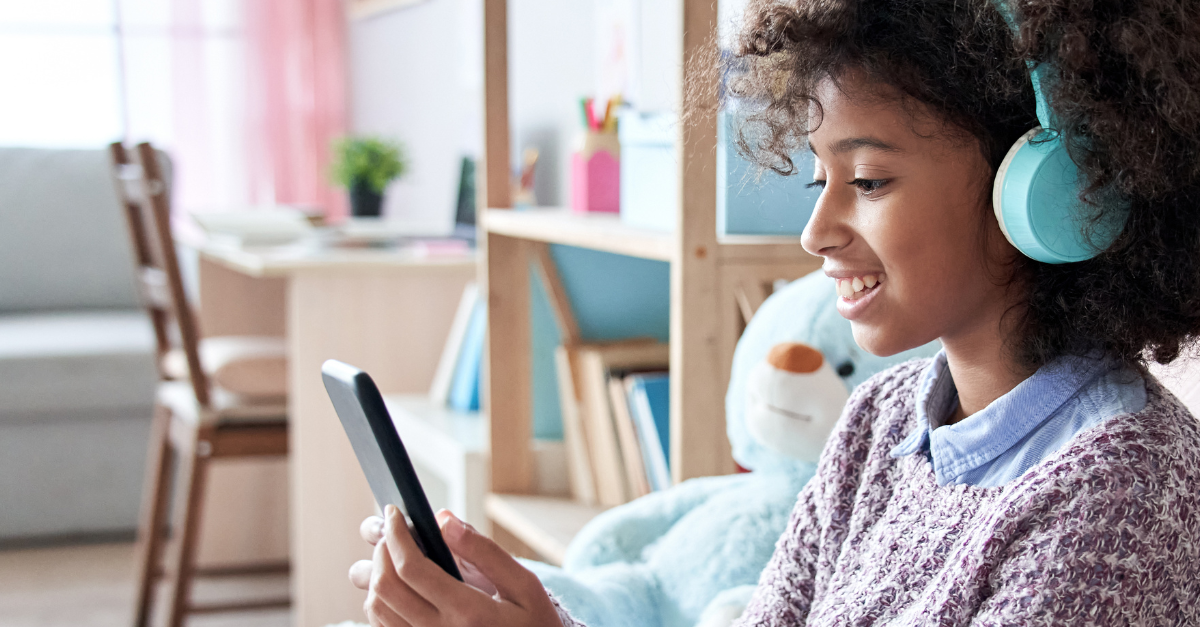Tech Isn’t Going Anywhere — But It Can Be Better for Youth Mental Health
By Jay Taylor, Chief Growth Officer
Clinically reviewed by Afshan Mizrahi, Licensed Therapist
This is the first post in a four-part series exploring how technology impacts youth mental health — what’s broken, what’s possible, and what we need to build next.
Technology is Everywhere — and It’s Changing How Kids Grow Up
Today’s kids are growing up in a world where screens are a part of everyday life. From socializing and learning to expressing themselves and winding down — tech is everywhere. And for many families, it’s become essential.
But even as it offers connection and convenience, research is sounding the alarm on a growing concern: some of this technology is doing real harm to young people’s mental health.
If you’re a parent, you might have already seen the effects firsthand — more anxiety, shorter attention spans, trouble sleeping, or less interest in offline activities. You’re not imagining it. The data backs it up.
What the Research Tells Us
A growing body of research has linked excessive screen time — especially social media use — with mental health challenges in children and teens:
- A 2019 study in JAMA Psychiatry found that adolescents who spent more than three hours a day on social media had a much higher risk of internalizing problems like anxiety and depression.
- In 2022, the U.S. Surgeon General released an advisory highlighting the “profound risk of harm” that social media poses to youth mental health. The report pointed to disrupted sleep, low self-esteem, and exposure to cyberbullying and harmful content as major concerns.
- Platforms like TikTok, Instagram, and Snapchat are built with dopamine-driven reward systems. These features can lead to compulsive scrolling and unhealthy social comparisons — especially in teens, who are still developing emotionally and neurologically.
We’re Not Going Back — And That’s Okay
Let’s be honest: we’re not going to take technology away from this generation — and we shouldn’t. Phones, tablets, and apps are part of how kids connect, learn, and explore the world.
The problem isn’t that tech exists. It’s how it’s being built.
Much of today’s tech is designed to keep users engaged for as long as possible — not to support their well-being. Algorithms prioritize extreme content. App features are created to be addictive. And mental health is often an afterthought.
What If We Built Tech With Mental Health in Mind?
At Backpack, we believe there’s a better way forward. Technology can be a powerful tool to support mental health — but only if it’s built intentionally. That means creating tools that are:
- Designed to promote emotional well-being
- Built to support — not replace — human connection
- Focused on making care more accessible
- Integrated into kids’ lives in ways that feel natural and safe
That’s exactly what we’re working on. At Backpack, we’re building tools that make it easier for clinicians to support more kids and teens, reduce administrative burdens for providers, and help families access care in ways that are familiar, intuitive, and human.
Tech Doesn’t Have to Hurt. It Can Heal.
We don’t need to unplug kids from the world around them — we need to offer them something better.
Let’s shift the conversation from restriction to redesign. It’s time to build tools that use screens as bridges to care, not barriers to well-being.
A healthier future for tech — and for youth mental health — is possible. And we’re building it, together.

